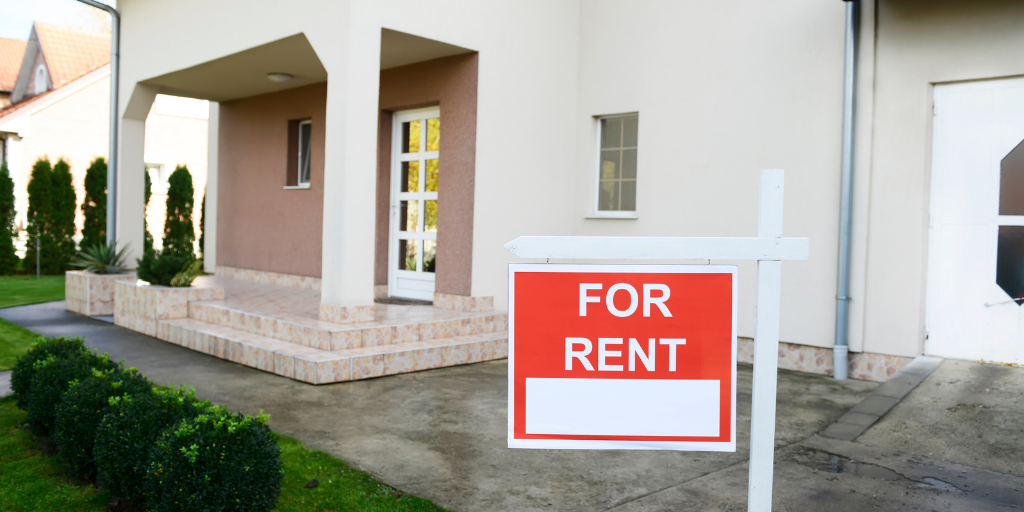Alterations and Improvements
Navigating Leases: Understanding Key Agreement Clauses

Navigating Leases: Understanding Key Agreement Clauses
Lease agreements are legally binding contracts that outline the terms and conditions of a rental arrangement. Understanding the key clauses within these agreements is crucial for both landlords and tenants. In this article, we explore essential lease agreement clauses, shedding light on their significance and implications.
Commencement and Duration: Setting the Timeline
The commencement and duration clause establishes when the lease begins and how long it lasts. It’s crucial for tenants to be aware of the lease’s start date and its duration to plan their stay accordingly. Landlords should ensure that this information is accurately reflected in the lease agreement.
Rent and Payment Terms: Financial Commitments
One of the core components of a lease agreement is the clause outlining the rent amount, payment due date, and acceptable payment methods. Tenants need to understand their financial commitments, including any late fees or penalties for missed payments. Clear communication between landlords and tenants in this regard is essential to avoid misunderstandings.
Security Deposit: Protecting Interests
The security deposit clause outlines the amount tenants are required to pay upfront to secure the property. It’s a protection for landlords against potential damages or unpaid rent. Understanding the terms for the return of the security deposit is crucial for tenants, and landlords should clearly state the conditions under which deductions may occur.
Maintenance Responsibilities: Defining Duties
The maintenance responsibilities clause delineates which party – landlord or tenant – is responsible for specific upkeep tasks. This includes routine maintenance as well as repairs. Clarity in this clause helps prevent disputes and ensures that the property is well-maintained throughout the lease term.
Utilities and Services: Allocating Responsibilities
This clause specifies which utilities and services are included in the rent and which ones tenants are responsible for. Landlords should clearly outline these details, avoiding any ambiguity about financial responsibilities related to electricity, water, gas, internet, or other services.
Termination and Renewal: End-of-Lease Options
The termination and renewal clause addresses what happens at the end of the lease term. It outlines the procedures for lease renewal if both parties agree to continue the tenancy. Additionally, it provides details on the notice period required for termination, allowing both landlords and tenants to plan accordingly.
Property Use and Restrictions: Defining Limits
The property use and restrictions clause outlines how tenants are allowed to use the rental property. It may include provisions related to subleasing, alterations, or prohibited activities. Landlords should clearly communicate any restrictions, and tenants should be aware of and agree to these terms.
Entry and Access: Balancing Privacy and Maintenance
The entry and access clause specifies when and under what circumstances landlords or their representatives can enter the rental property. This is essential for balancing the tenant’s right to privacy with the landlord’s need for property maintenance or inspections.
Alterations and Improvements: Seeking Permission
Tenants often wish to make alterations or improvements to personalize their living space. The alterations and improvements clause outlines the procedures for seeking permission from the landlord before making
